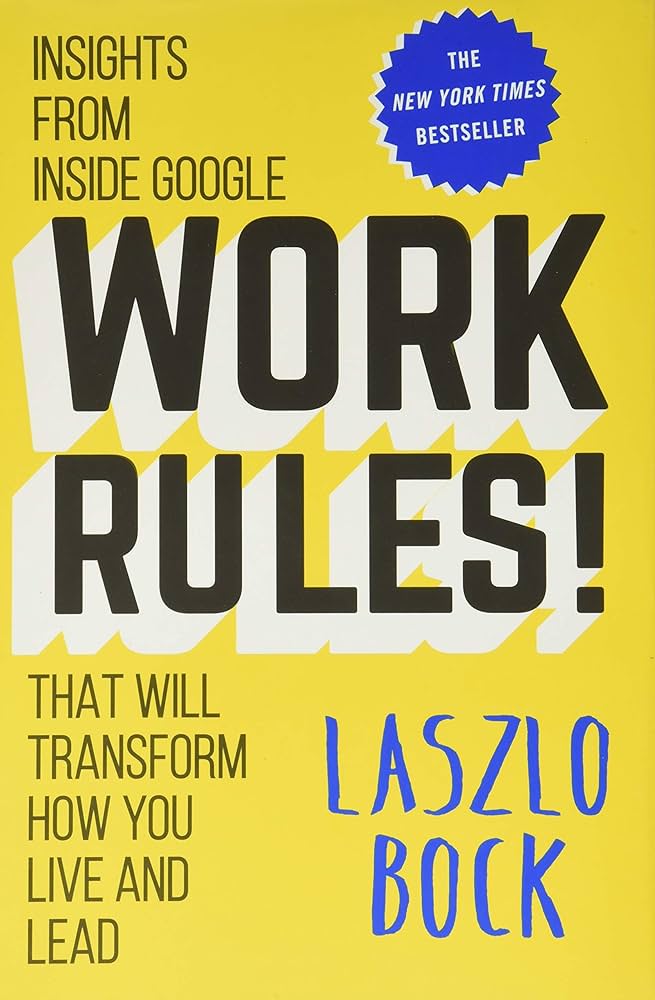The Operational & Management Dilemma for Russian Bankers

Miroslav Boublik – Senteo partner, has worked in large banks, IT-companies, and consulting firms based in the USA, Russia, Czech Republic, and Ukraine. He has consulted with top-level executives of Fortune 500 companies on key strategic and operational matters and has managed operations and IT divisions of large commercial banks.
A bank at a “relationship-centric” stage actively identifies opportunities to reach out to the customer outside of sales contacts to support relationship building.
Over its 4000 year history, banking has undergone a set of major transformations. From an early Assyrian merchant lending out money to his neighbor, recording the debt and collecting it himself, to today’s multinational behemoths covering every financing need from an individual’s credit card to a major government’s complex derivative, the inside of banking – its operating model – has changed beyond recognition.
As have many other industries they touch, banks have specialized core tasks, computerized key functions and subsequently centralized their internal operations. Unlike regulation, which seems to be cyclical and not always constructive, or product innovation, which can lead to unforeseen consequences, changes in bank operating models have led to results which can be viewed as largely positive.
Let us look at the operating model along three dimensions – the organization of operations, the approach to business, and the management model.
Organization of Operations
Starting with the first area, the simpler of the three, accepted operating standards and common practices emerged which are rarely viewed as controversial. Although I have met some executives who tried to dispute the benefit of moving towards centralized operations, real experience has proven them unequivocally wrong.
The path to centralization consists of three distinct evolutionary stages – the “autonomous branch” model, the “branch back office” model, and the “centralized operations” model.
Autonomous Branch Model
Banks have historically started with a fully decentralized model in which each branch operated almost like a small, completely separate bank, with its own customer staff, accounting, and general ledger. Customers were tied to a specific branch and could not access their accounts at other branches. Branch staff performed both customer-facing and, what we would consider today, back office tasks. Work was mostly organized by customer files, with the head office accounting function being the only “back office”. Customers may have considered the service personal, because it was – one person was taking care of them and that person knew them well. In terms of controls, banks relied on the trustworthiness and professionalism of their staff and on the occasional random inspection. While such a model worked initially, it did not scale beyond a small operation; and today, in a world of centralized competition, this model cannot be sustained due to high cost and, potentially, high risk of internal fraud.
Branch Back Office Model
As the number of customers served by a single branch grew, the banking industry was taking a cue from manufacturing. Specialization began to emerge with customer-facing activities allocated to one group of employees, while sales support and back office tasks were assigned to another group. By specializing, each group could be picked to closely match the job requirements: extrovert communicators thrived when selling to customers, while meticulous introverts were better suited for back office rigor.
In this model, with conscious effort from the head office, controls have improved as back office staff could counterbalance the sales staff’s enthusiasm for a particular customer or deal. Nonetheless, having back office report to a branch manager who needs to be driven by sales targets can also lead to weakened controls, and locating back office staff in branches is unnecessarily costly.
Centralized Operations Model
Once customer-facing tasks are separated from non-customer-facing tasks and work is “dematerialized” (i.e. represented as electronic data or as scanned representation of physicaldocuments), activities once located in a branch can and should be centralized and moved to a single location. This allows for capturing economies of scale by pooling work, provides for better standardization of processes by improving their physical monitoring, and limits the opportunity for internal fraud, since back office staff is no longer reporting to a sales target driven branch manager nor are they exposed to peer pressure by sitting next to sales staff.
Furthermore, once most back office personnel is removed from branches, new locations can be made smaller, thus lowering the overall real estate cost of expanding a network. Having a centralized operations center or two (for redundancy) is significantly cheaper than locating back office staff in branches both because staff can sit more efficiently in a large open space layout and because operations centers are normally located in less expensive areas than retail branches.
Having a centralized operations group allows for a major leap in both productivity and control. New tools and approaches can be introduced. One client bank has been able to implement an operations dashboard which aggregates over 700 parameters and provides an “early warning system” for identifying potential issues. This hierarchically organized dashboard serves as a focal point for discussions between front and back-office units and as a management tool for top and middle management in Operations. Discussions have moved from subjective assigning of blame to objective collaboration aimed at systemic solutions.
Another bank with a large lending operation across credit card, mortgage, auto and point-of-sale businesses was able to pool all underwriting resources and dynamically assemble an identification and verification process of varying complexity depending on a matrix of risk parameters. Resource savings topped 30% while, at the same time, cost of risk diminished.
After the introduction of computers, the design of operations in banks has followed a similar trajectory in all market economies, albeit on different schedule. Due to the acceptance of past experience and global best practices, the later the transformation started, the more compressed the full cycle became. Often, foreign acquirers or expatriate hires have brought with them the latest know-how and trained local talent whose mobility then distributed best practices into the market.
In the U.S., the transition from an autonomous branch to today’s centralized model has taken roughly 50 years, in Western Europe – 30 years, and in Central Europe – 10 years. In CIS countries, and specifically in Russia, the transition is still under way, but the leading institutions have completed the transition in less than 5 years. For the rest of the market, it will be increasingly difficult to compete without catching up. Those Russian banks that are not actively and systematically moving forward with this evolution of their operating model will likely feel the “choke” of capacity and quality problems shortly, if they do not feel this already.
Approach to Business
The second dimension of any operating model is the approach to business. This aspect is more country-specific and several models tend to coexist in any given market. We have identified four distinct stages of development:
1. Balance Sheet-Centric
This was the starting point of most Russian banks. Business is generally split into asset and liabilities silos without consideration for the customer or product grouping. Products do not form a coherent offering and sometimes tend to cannibalize each other. Product or customer profitability is often not measured
2. Product-centric
Products are split into their natural groups and organized by business line, e.g. Retail, Corporate or Investment Bank. Product profitability may be understood, but customer segment profitability is often not
3. Customer-centric
Business lines are organized into product factories and distribution channels. The organization focuses on contact and product quality, but customer contacts are still treated as separate, one-off events. Bank initiated contacts are almost entirely sales focused. Measurement of both product and customer segment profitability should be standard practice
4. Relationship-centric
Few organizations globally have finalized this transition, and none in Russia have achieved this level. The organization in this state has a fierce focus on product and customer interaction quality and views a customer holistically, treating each contact as part of a larger, ongoing relationship. A bank at this stage actively identifies opportunities to reach out to the customer outside of sales contacts to support relationship building. The customer views himself as being better off as a result of the relationship and is less price sensitive on individual products when considering the added value derived from the ongoing relationship. In addition to product and customer segment profitability, the bank estimates the lifetime value of different customer segments and develops separate business activities (outside of selling and servicing products) to strengthen and enhance customer relationships.
“Our forecasts show that the competition amongst Russian retail banks will intensify in the coming years”.
Management Model
The transformations in the organization of operations and the approach to business must correspond with the transformation of the management model of the bank. Too often, banks try to “squeeze” these new practices into existing management models designed for previous evolutionary stages – which almost guarantees difficulties, if not failure.
Another common problem is the “developer / manager” syndrome. As banks move through the operational and business transformations, a separation must emerge between those that “develop” and improve the bank and those who “manage” the day-to-day activities of the bank. Often, business and operations managers are too busy with day-to-day activities to create anything other than incremental improvements to their business. This, in almost all cases, leads to very slow development and has contributed to loss of competitive advantage for many banks around the world as other banks develop and innovate at a faster pace.
With an organizational structure and management model that is carefully designed for the appropriate evolutionary stage of a bank, along with a market strategy and a detailed tactical implementation plan, banks are much better positioned to gain market and competitive advantage through a carefully choreographed chain of improvements and innovations.
The Russian Market
The main difference between Russia and other markets is the speed in which these transformations are taking place in operating models (operational organization, business approach, and management model). Today’s Russian banks are transforming at a pace 10 times faster than the U.S., 6 times faster than Western Europe, and at least twice as fast as their Central European neighbors – often skipping one or more of the evolutionary stages altogether.
The second difference between Russia and other markets is the complexity. Being a country with 11 time zones, significant cultural diversity, and varying levels of socioeconomic development already presents substantial difficulties in infrastructure development, expansion, management, etc. At the same time, we consistently hear about the problems developing a healthy, productive internal culture amongst the people developing the business and a skilled, relationship-centric workforce on the frontline. And finally, the market itself has become much more complex both in terms of the competition and also the customers – who have varying, and often inconsistent, expectations from banks related to quality and price.
Going forward, these transformations will not become easier. In many areas, the leading Russian banks are moving into a territory that will soon be ahead of their Western counterparts, mainly because they are less limited by legacy technology and decades-old management models. Many of today’s Russian banks will have the opportunity over the next decade to pioneer in several different development areas as they implement new technologies and transition to a relationship-centric business approach. Unfortunately, these developments are accompanied by an additional layer of complexity and a higher degree of uncertainty. A normally prudent “test and learn” approach no longer works since the market changes too fast to draw relevant conclusions from a small test.
Our forecasts show that the competition amongst Russian retail banks will intensify in the coming years. Therefore, those banks that are currently trailing behind the leaders in developmental terms should take this moment very seriously if they hope to survive the next wave of development and transformation in the Russian market. A “test and learn” mentality for banks struggling to catch up is surely inappropriate at this time. Yet, a “big bang” approach without an experienced guide brings even more risk. Learning from mistakes, and bearing the cost of fixing them, will only delay development and widen the evolutionary gap between the leaders and the laggards.

Understanding how leaders must evolve with relation to the evolution of business models, new management models, and the significant changes to the workforce with Digital Natives now making up more than 50% of the workforce globally.
Understand how to manage both internal and external digital transformation while considering the landscape for digital business models and the effect on traditional business models. Understanding organizational readiness for transformation and the role of corporate culture in managing transformations.
The changes in consumer behavior, employee behavior, and the evolution of business models in the digital age cause significant difficulties and imperatives for leaders who must develop new skills and evolve their leadership styles to be effective in this fast changing, challenging, and competitive environment.
Understanding how to design & manage change/transformation programs in organizations of different sizes. This course will help any size team or organization to better deal with change & transformation on any scale.




 Copy Link
Copy Link
 E-mail
E-mail
 LinkedIn
LinkedIn
 Facebook
Facebook
 Telegram
Telegram
 WhatsApp
WhatsApp









 Go Back
Go Back
Leave a Reply
You must be logged in to post a comment.